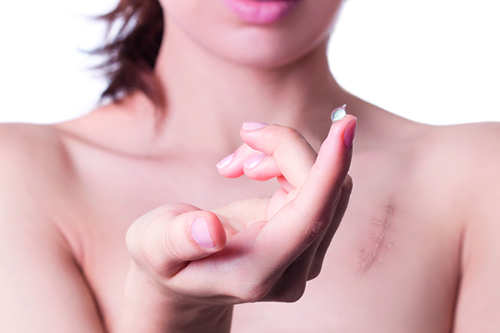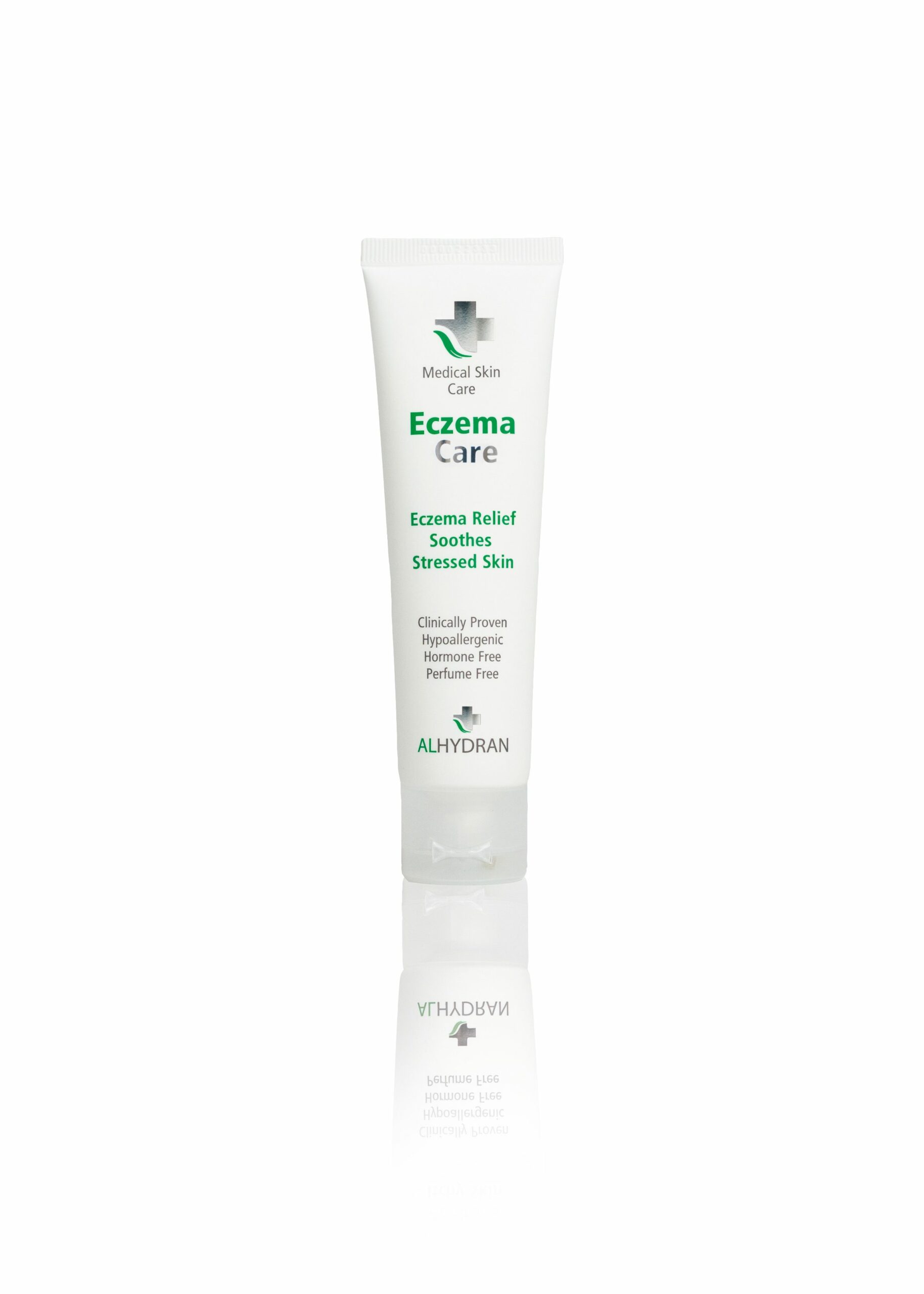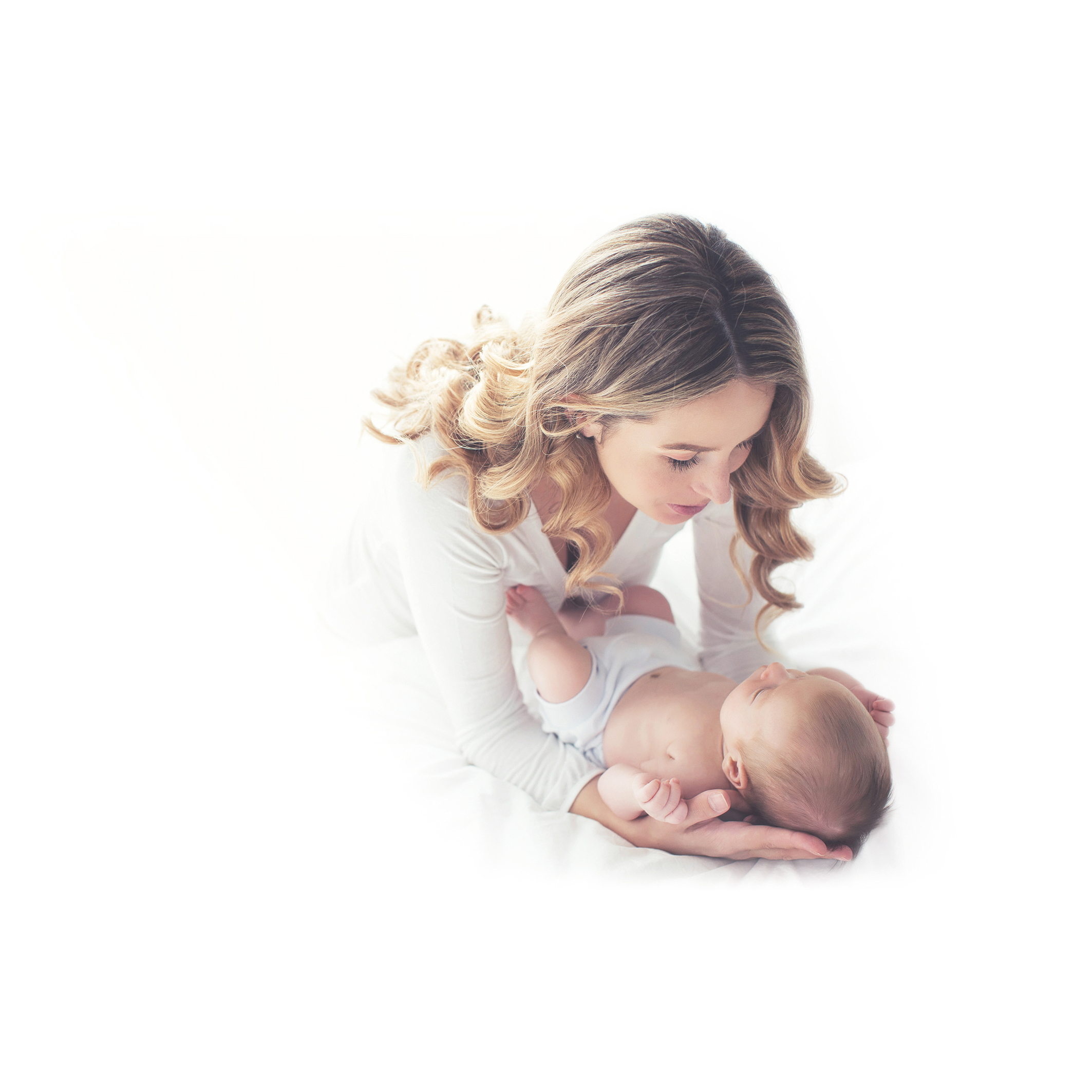When do scars turn white?
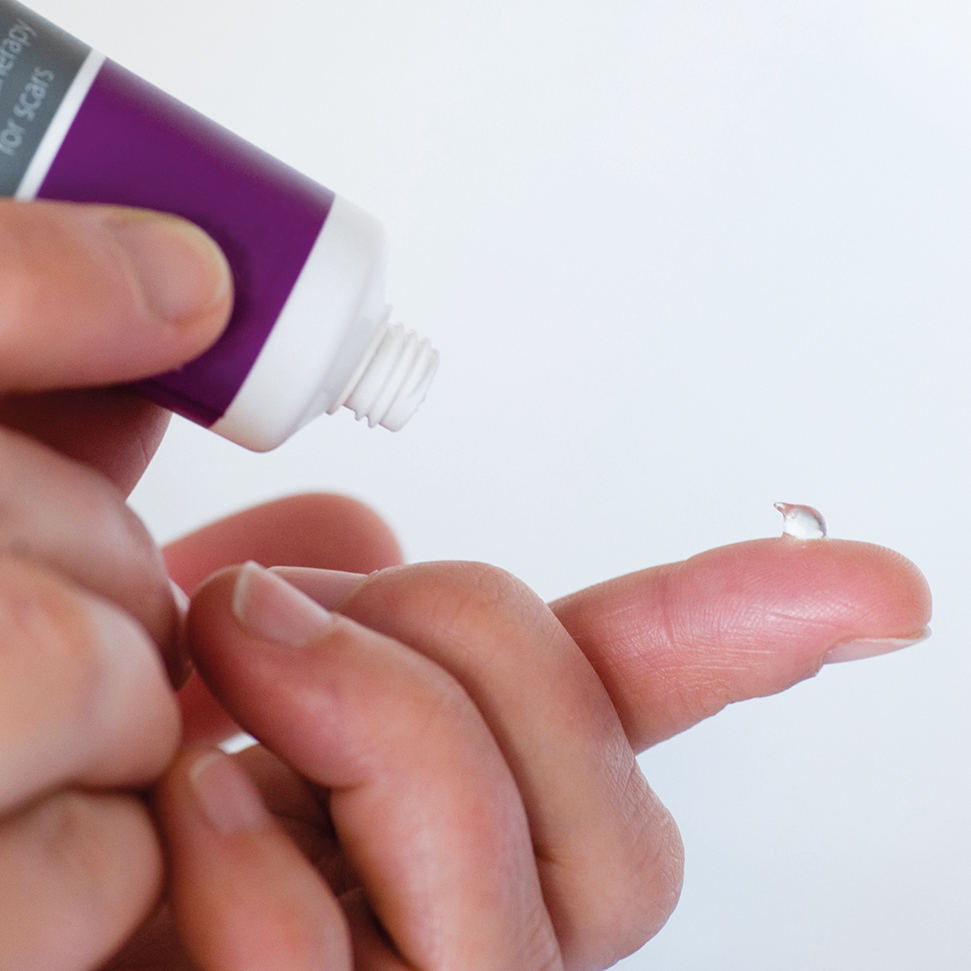
At some point in time the majority of us will have a scar and when that time comes, you want the scar to be as invisible as possible and therefore only a thin white stripe remains. The 'normal' scar. When does a scar actually get its white color? And do you have any influence on that yourself?
Let's briefly discuss the characteristics of the scar.
A scar is a visible abnormality of the skin that remains after healing from a wound that has arisen in a deeper layer of skin. Scars are caused by damage to the skin during surgery (cut), an accident (trauma), a burn, a skin disease or an abrasion.
What is a white scar?
A scar that heals well is a bit redder and thicker in the beginning. It itches a little and may hurt a bit. After a few weeks or months, the scar becomes softer and flatter. Eventually, after about one year, it should become a white and soft scar, which looks like a long white stripe. The white color is caused by a reduction in the pigment in the area of the scar (hypopigmentation).
A dark scar
The color of a scar can also be, although less common, slightly darker than the original skin (hyperpigmentation). There is then an increase in pigment in the skin. This is referred to as a dark scar. Dark (light to dark brown) scars often occur after healing from an existing skin disease, such as eczema or acne, or after skin damage, such as a burn.
In both cases, there is a scar that has healed well. The scar has become flatter, softer, and it stays within the edges of your original wound. The wound has then eventually developed into a normal scar.
When does a scar finally turn white?
Whether your scar will eventually grow into the normal (white) scar is not entirely predictable. After about a year, the scar should take on its final white color.
But until then, there is a chance that the scar will grow into an abnormal scar. And that's something to keep a close eye on.
For example, if your scar has been colored red or purple for more than 6 weeks, you almost certainly suffer from an abnormal scar. This is caused by fluid loss and excessive scar growth. Is your scar turning purple? Or if you have any doubts about your wound or scar, visit your doctor or contact a scar professional.
Below we distinguish the two most common abnormal scars.
- The hypertrophic scar
- The keloid scar
To prevent or reduce abnormal growth and complaints of your scar as much as possible, it is important to treat your scar as soon as possible after wound closure. It is more likely that your scar will heal like a normal scar and therefore a white line will remain.
Moisturising scar cream
After wound closure, lubricate your scar wound with a moisturizing scar cream: Use ALHYDRAN, for example. In addition to the moisturizing effect, this cream also ensures that the moisture in the skin is well retained so that the skin does not dry out. It is a cream that has been scientifically and clinically proven. Read more about it on the scar page of Alhydran.
When should I rub the scar in?
- Do this after wound closure, 2-3 times a day
- When the skin needs it (for example, if you notice that the skin pulls, itches, etc.)
- As long as the scar is active. When a scar is bright red in color, it is still active.
Silicone Scar Therapy
You can supplement the scar treatment with moisturising cream with medical silicone therapy. You can also start doing this immediately after wound closure. This gives the scar extra protection against moisture loss.
This can prevent an abnormal scar, but you can also treat further growth of an already existing abnormal scar.
The scar becomes less thick and red due to silicone scar therapy. Symptoms such as itching and pain decrease.
Read more about how silicone scar therapy can help reduce symptoms and what forms of treatment there are. Take a look at the silicone products from BAPSCARCARE.
Can my white scar fade even further?
The thin white line of a scar indicates that the scar has healed. Therefore, not much will change. Certain parts of this white stripe can still take on the more pink color of normal skin in the months that follow.
Can you also remove your white scars?
A moisturizing cream or silicone scar therapy ensures that your scar complaints such as redness, itching, and dryness are reduced and that the end result of the scar is greatly improved. There will always be a scar, with the white line mentioned above being the most desired result. So you can't remove a white scar.
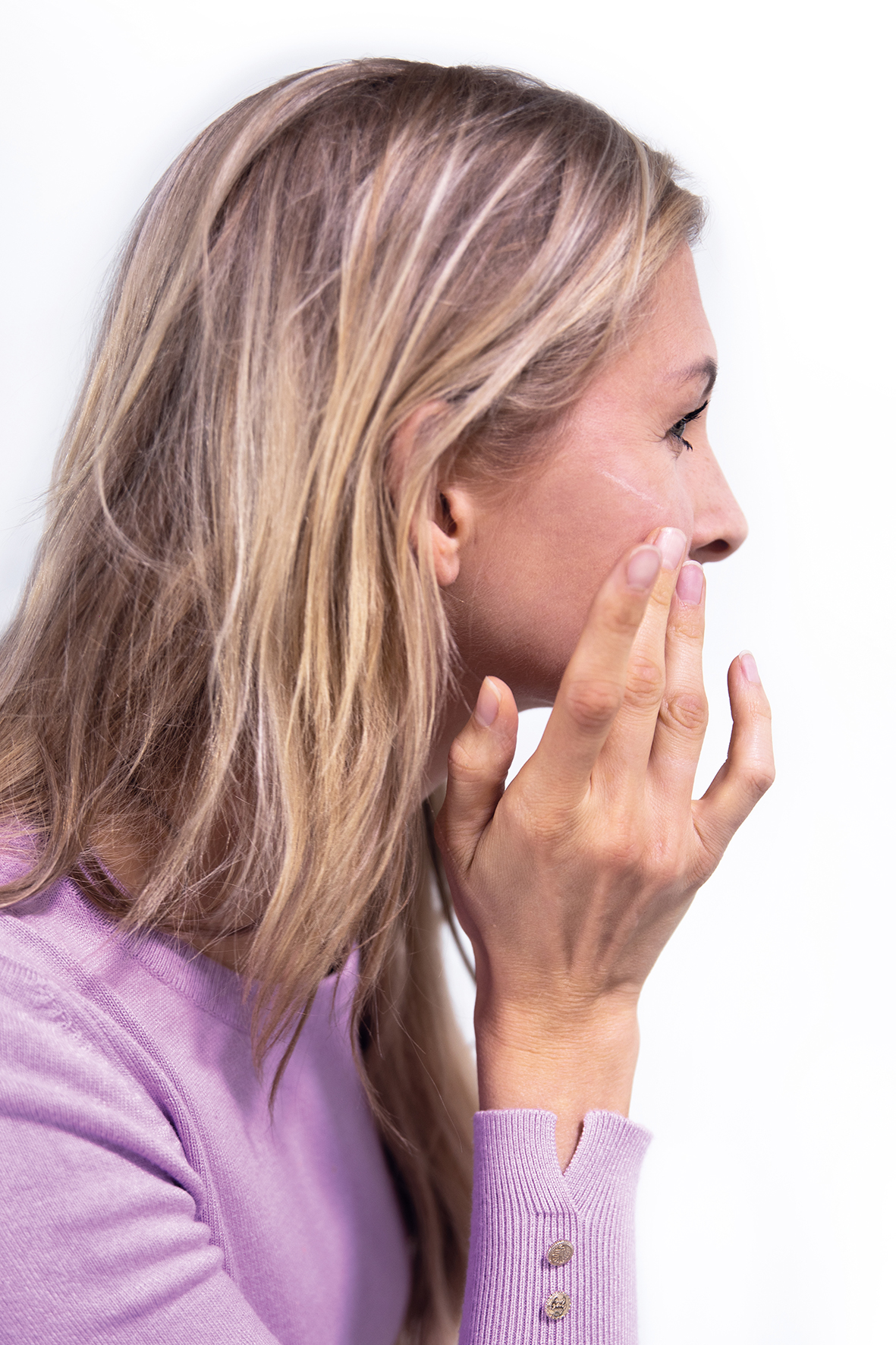

Share this post
About the Author

Topics
- Scarban
- Scarban
- Dermasilk
- Eczema
- Alhydran
- Therapeutic clothing
- BAPScarCare
- Sensitive Skin
- Eczema clothing
- Itching
- Varicose eczema
- Dermasilk wash and care instructions
- Jock itch
- Menopause
- Chemotherapy
- Clinical studies
- Size guide
- DermaTherapy bedding
- Night sweats
- Bedsores
- Insomnia
- Night Terrors
- Recovery
- Anti-microbial
- Stain-Resistant
- Vulvodynia
- Testimonials
- Eczema in kids
- Instructions for use
- Scar treatment
- Silicone sheet
- Facial scars
- Scars on hand
- Scar on finger
- Eczema
Tags







